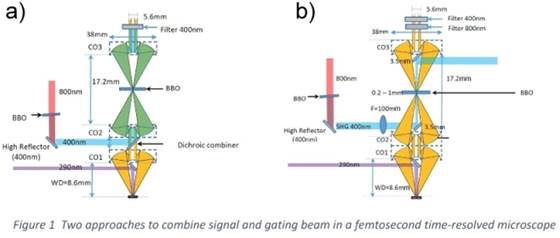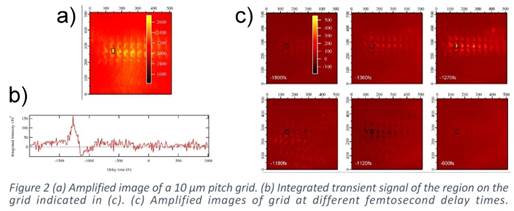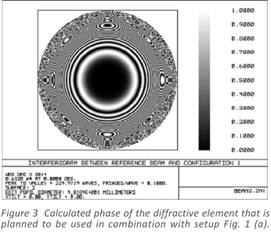Reports: DNI653820-DNI6: Catalytic Activity of Functionalized Graphene: Influence of Charge Carrier Dynamics
Lars Gundlach, PhD, University of Delaware
Catalysts and photo-catalysts are widely applied in systems related to generating, and converting energy, such as oil refinery, new fuel productions, and are also discussed, e.g. for petroleum refinery wastewaters treatment. Functionalized graphene has attracted extensive attention as a promising alternative catalyst for hydro carbons for several reasons: it is abundant, non-toxic and cheap; it has a high specific surface area; its unique band structure results in high electron mobility. Charge carrier transfer reactions are fundamental for catalytic and photo-catalytic processes. Catalysis in general involves charge transport or charge redistribution, followed by a change in the potential energy landscape, and subsequent bond breaking and/or bond formation processes on the femto- to picosecond time-scale. Understanding charge carrier dynamics in functionalized graphene is a key requisite for developing and improving graphene-based catalysts and photo-catalysts.
The objectives of our ACS-PRF-funded project are the investigation of mechanisms leading to an enhancement of the catalytic activity of graphene when it is functionalized with metal nano-particles in unprecedented detail in space and time. Charge carrier dynamics on the femtosecond time-scale at the interface between individual metal particles and the graphene substrate will be investigated by means of femtosecond IR fluorescence microscopy. Development of the femtosecond IR-fluorescence microscope is one of the main goals of this project.
In the initial stage of this PRF project the postdoctoral fellow and the graduate student improved the setup of the femtosecond Kerr-gated microscope that forms the basis for developing the new femtosecond IR-fluorescence microscope. The microscope was converted by replacing the Kerr-gate with a parametric amplification gate operating in the visible in a first step. Different approaches of combining signal and gating beam inside the microscope have been designed and tested (Fig. 1).
Measurements aided by optical simulations revealed that, while amplification is possible, a Gaussian beam profile for the gating pulse is not suitable for measuring a reasonable field of view in setup Fig. 1 (a). Fig. 1 (b) shows a modified design that allowed to defocus the gating beam such that a 50 mm2 area can be imaged (Fig.2). The design in Fig. 1 (b) enabled us to collect the first femtosecond time-resolved amplified images with a spatial resolution of about 5 mm and a time resolution of around 110 fs (Fig.2). Spatial and temporal resolution are critically dependent on beam geometry and phase matching conditions in the non-linear crystal (BBO). We tested various crystals and geometries and concluded that due to the very limited numerical aperture of the gating beam in setup Fig. (b) it will not be possible to achieve the targeted specifications of the microscope. Instead we started modifying the design shown in Fig. 1 (a) by employing diffractive optical elements for tailoring the gating beam profile at the focal plane inside the BBO crystal. We started the design of the diffractive element using optical simulation software. The optical phase of the pattern design for an optical element is shown in Fig. 3. In the next phase we are planning to use the diffractive element to achieve imaging in the visible and subsequently in the IR spectral range for time-resolved imaging of carbon base nano-particles. The second funding period will be used to finalize the instrument and start measurements on carbon materials that are relevant for catalytic applications.
Impact
During the first year of ACS-PRF support, one graduate student and one postdoctoral fellow were supported by the ACS PRF grant. The student and postdoc made tremendous progress towards realizing the first femtosecond time resolved IR-fluorescence microscope. We collected valuable results that were used to revise and improve the design. Results from this project were communicated in one publication and two talks and poster presentation by the graduate student and postdoc. Research activities described above have greatly impacted the professional development of the graduate student and postdoctoral fellow involved due to the breadth of their experiences in the laboratory.
Activities associated with this project have greatly contributed to the PI's career. He was invited to present results related to this project at the 2013 ACS meeting, the 2014 ACS NERM meeting, and the 2015 PACIFICHEM meeting. Progress in this research over the award period has led to new and broader research directions from the original proposal and the PI has been developing and submitting proposals to other funding agencies for subsequent support.














